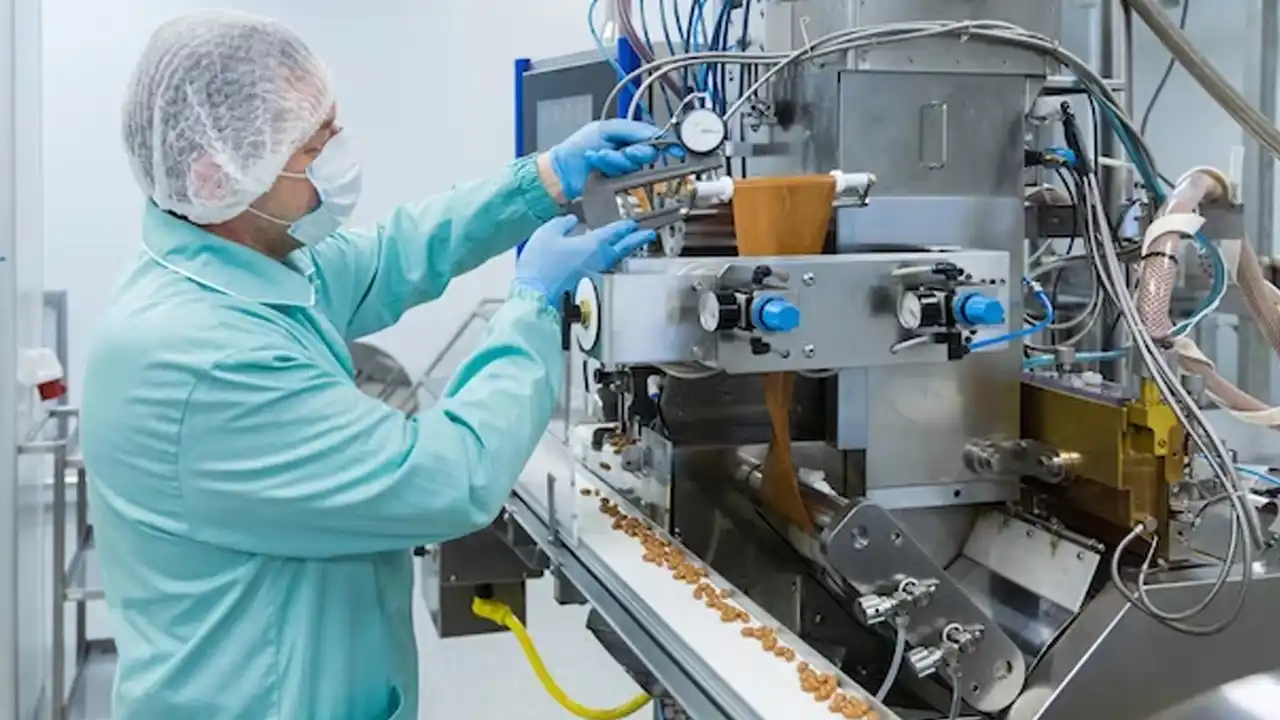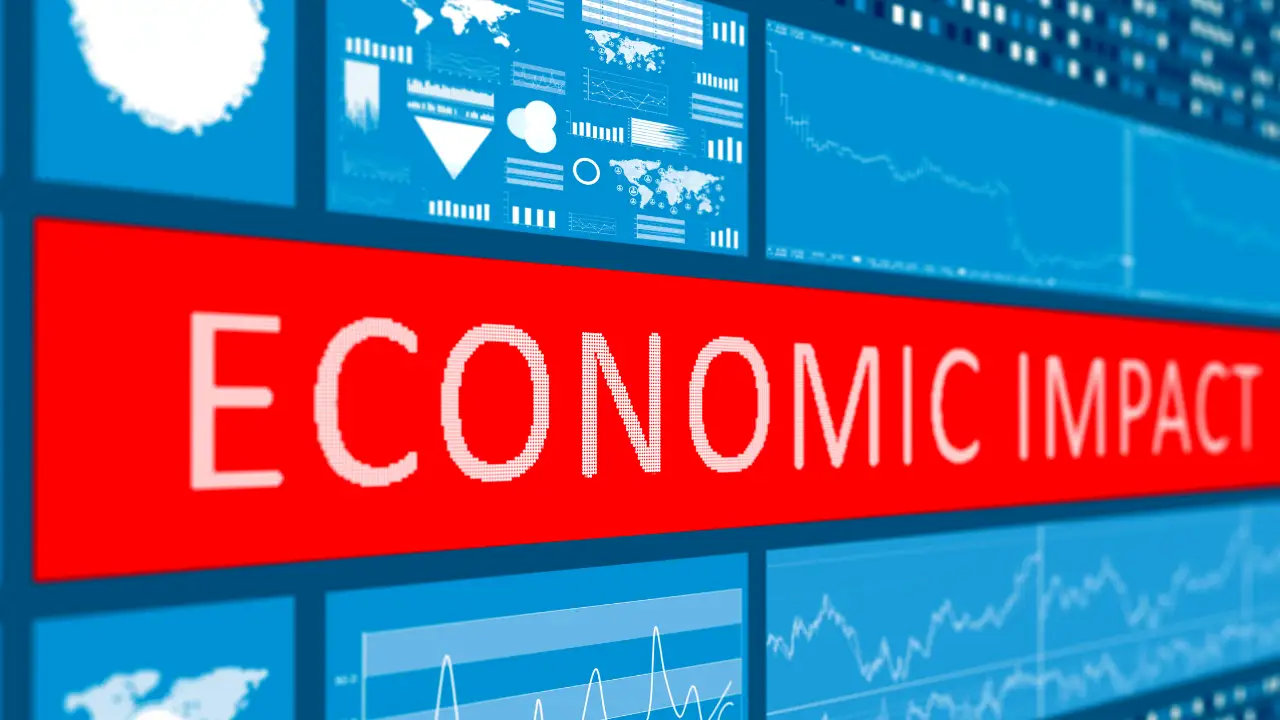Gandhi rightly said, “There are people in the world so hungry, that god cannot appear to them except in the form of bread”
In 1980, food waste accounted for less than 10 % of total waste; today, it makes up well over a fifth of the America’s garbage. In a single year, the USA generates 60 million tons of food waste — up to 40% of all the food we produce. 2 billion people can be fed from the amount of food wasted in America. Up to one third of all food is spoiled or squandered before it is consumed by people.
USA per capita food wastage has progressively increased by over 50% since 1974. At this rate, 40 years from now a pizza ordered will be delivered straight to the nearest dumpster. In 2013, 49.1 million people of U.S. still struggled to put food on the table for a portion of last year.
But there’s another less apparent problem with food waste: the threat to the environment. Landfills full of decomposing food release methane, which is said to be at least 20 times more lethal a greenhouse gas than carbon dioxide. It is an excess in an age where almost a billion people go hungry, and represents a waste of the labor, water, energy, land and other inputs that went into producing that food. Beyond immediate disruptions, the long-term impact of supply chain on the food & beverage industry is multifaceted. Its efficiency dictates the diversity and affordability of products we see on shelves. Streamlined logistics open doors for exotic ingredients and niche products, catering to a wider range of consumer preferences. Conversely, inefficiencies can limit choices and drive up prices, impacting both businesses and consumers.
The level of food waste suggests that curbing hunger isn’t a matter of producing more food so much as better preserving and distributing the food currently being produced. Richard Swannell, director of sustainable food systems at WRAP, said businesses could save $154 million in waste prevention.
It is very likely that your supply chain involves many steps & processes, most of which continually repeat as operations progress. These repetitive processes present the perfect opportunity for automation. Seizing automation opportunities can provide instant and long-term benefits; the more steps and procedures you can automate within your supply chain, the less time employees will have to spend ensuring that processes are completed as planned.
In conclusion, the impact of supply chain on the food & beverage industry is far-reaching and multifaceted. It shapes the products we consume, the prices we pay, and the environmental footprint we leave behind. By understanding these intricate connections and working towards a more sustainable and efficient future, we can ensure that the journey from farm to table remains a delicious and nourishing one for generations to come.
How can your organization’s supply chain remain agile and efficient? To learn more about it, read the latest whitepaper from Zycus on how procurement can impact the global food & beverage industry.
Also, book a demo with our expert to know about Zycus’ Procurement Software for Food & Beverage Industry
Related Read:
- Blog – Five Precepts to Digital Procurement Transformation
- Blog – 5 procurement levers to optimize manufacturing supply chain during a pandemic
- Blog – VUCA approach towards Supply Chain
- Source to Pay Software – Organically built, seamlessly integrated cognitive source to pay software to drive efficiency and value
- White Paper – 5 Steps for effective supply chain management
- Webinar – Driving AP Transformation and Cost efficiency with AI-led Automation- EMEA webinar
- Press Release – Global Food and Beverage (F&B) Leader selects Zycus’ suite solutions to support its procurement transformation




























































